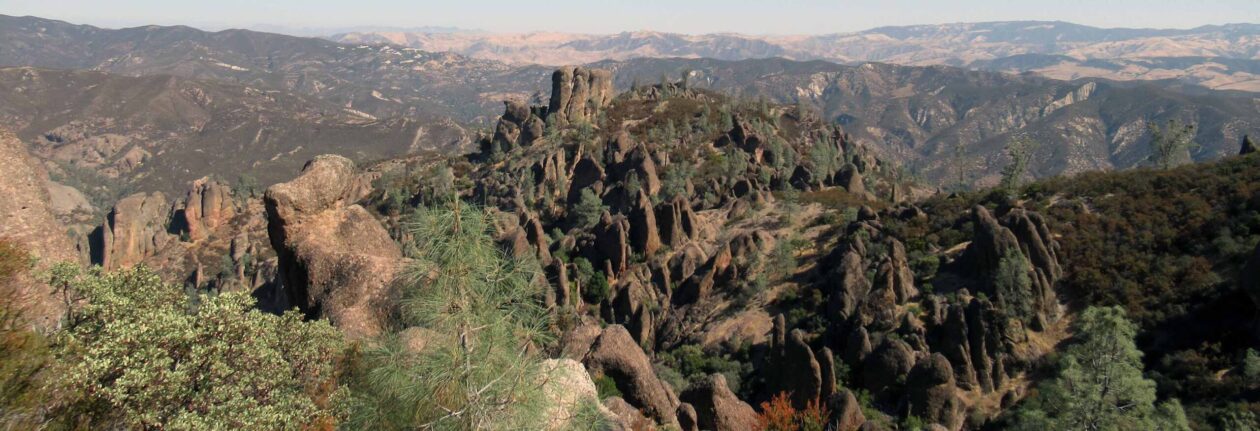THIRTY-SEVENTH MOVEMENT: MONTENEGRO
Kotor, Montenegro
I woke up today at 08:10, showered, dressed, packed my bags, and checked out of the hostel. I then walked over to where the bus to Montenegro was parked (just around the corner) and bought my ticket to Ulcinj, Montenegro (for five Euros). I then waited about twenty minutes before the bus departed Shkodër at 09:02. We reached the border checkpoint at 09:27 and the driver collected our passports and walked them to the passport control. After only ten minutes, the passports were returned to us with the entry stamp for Montenegro inside.
The bus continued on, through Montenegro, and we arrived at the bus station in Ulcinj at 10:15. I promptly bought my bus ticket for Budva (seven Euros) and, at 10:30, the bus to Budva departed. At 11:05, the bus reached the station in Bar and we had an eight minute break before continuing onward. Then, at 12:16 – after sleeping most of the way -, we reached the station in Budva. Once off the bus, I bought my ticket to Kotor (three Euros) and then waited for the bus to arrive. Finally, after three false buses (all with placards showing “Kotor”), the true bus arrived and I got on; we then departed a few minutes later and drove up to Kotor. Along the way there were splendid views of the Adriatic Sea, mountains, and a castle.
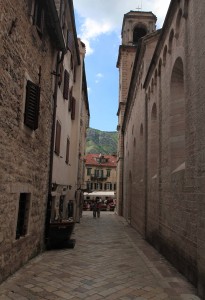
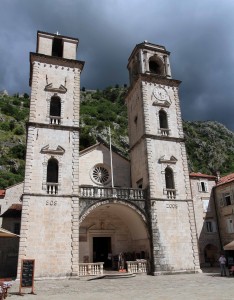
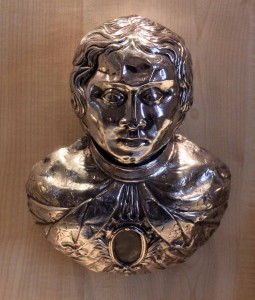
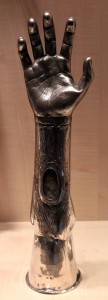
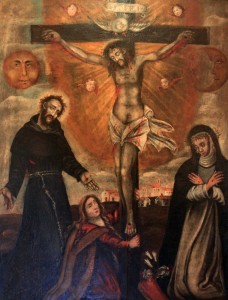
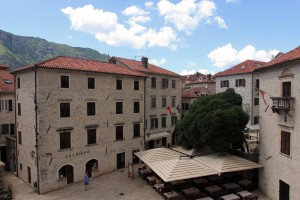
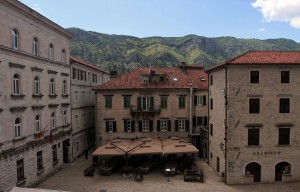
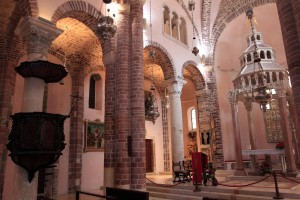
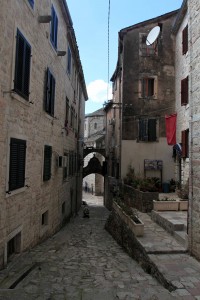
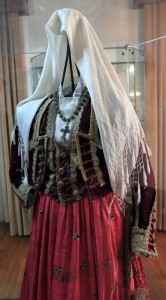
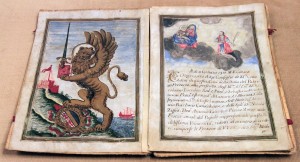
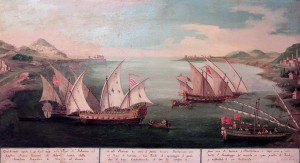
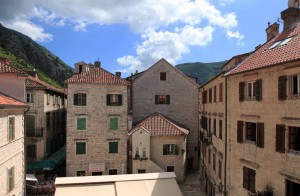
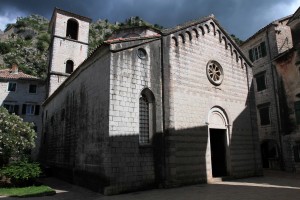
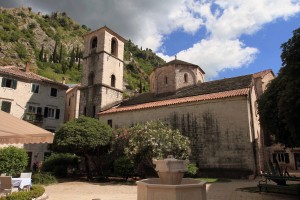
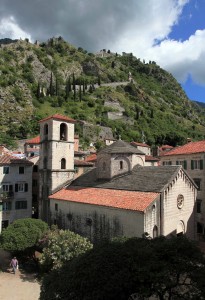
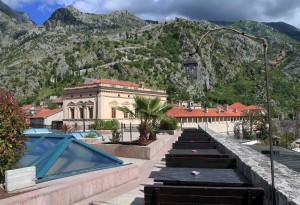
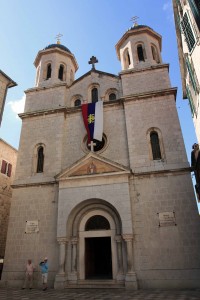
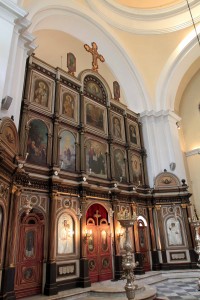
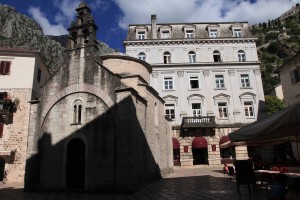
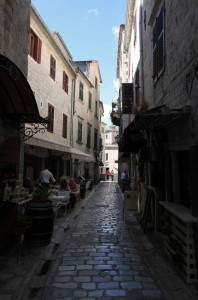
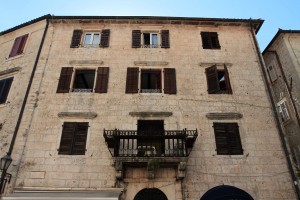
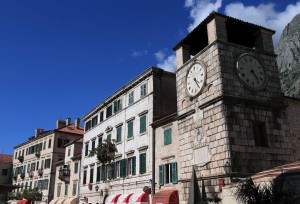
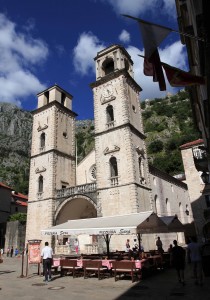
We reached Kotor after about a half hour and I grabbed my bags and walked north to the old town, which is surrounded by a city wall that dates back to when the town was part of the Venetian Albania Province of the Venetian Republic from 1420 to 1797 AD. I entered in to the city through the South Gate (the “Gurdić Gate”) and walked through the narrow streets to the hostel I wished to stay at. Once at the hostel, I met the friendly staff and booked a dorm bed for four nights. I was then escorted to the room and I dropped my bags off inside. I then grabbed my camera and tripod and walked back down to the reception, where I booked a tour for tomorrow, signed up to eat dinner later tonight, and studied the free map of the old town to see where I wanted to go; I also received some excellent information in regards to the old town from the hostel staff worker. I was now set to explore Kotor. I first walked to the Cathedral of Saint Tryphon (named after Saint Tryphon of Campsada; he is the protector saint of Kotor), which is one of two Roman Catholic Cathedrals in Montenegro; it was consecrated in 1166 AD, rebuilt after it was destroyed during the earthquake of 1667 AD, and then rebuilt again after being damaged during the earthquake of 1979 AD. I bought my entrance ticket to the cathedral and I walked inside. First, I walked around the museum on the second level, which had a number of artifacts, relics, paintings, priestly vestments, etc. I then returned downstairs and walked around the nave. Once done touring the cathedral, I walked back outside and explored more of the old city. I walked to the North Gate (also known as the “River Gate”) and then turned back and headed to the Maritime Museum. I entered inside the museum, received a discount courtesy of the hostel I was staying at, and then toured the three different floors of the museum, looking at the paintings, old sea maps, nautical instruments, Montenegrin Naval uniforms, the different ethnographical clothes on display, and various other artifacts. Once done viewing everything in the museum, I walked to the Church of St. Mary (a Roman Catholic Church that was built in 1221 AD) and looked around its interior (which had some remains of fourteenth-century AD fresco paintings) and exterior. I then climbed up to the north part of the city wall (at the Bembo Bastion) and followed the wall west to the Kampana Tower and Citadel, which is where a restaurant with outdoor seating is located now. Next, I walked down the steps of the city wall and made my way to the Church of St. Nicholas, which was built in 1909 AD in the Serbian-Byzantine style; inside the church, I looked at the beautiful iconostasis and the recent, large paintings of four saints up on the walls of the nave. Also, near to the Church of St. Nicholas, was St. Luke’s Church (built in 1195 AD); I could not enter inside this church, but it did look nice from the outside. I then wandered around the old town of Kotor some more, passing by and looking at different palaces (i.e. mansions); I saw the Drago Palace, Grubonja Palace, and Beskuca Palace. Now, after seeing most of what the old city had to offer, I decided to find a place to eat. I ended up at a restaurant right next to the Cathedral of St. Tryphon and had a beer and a schnitzel with French fries, sliced tomatoes, and sliced cucumbers on the side. Shortly after I had sat down at the restaurant and ordered my meal, the Egyptian-American-Australian guy that had stayed at the same hostel as me while in Belgrade saw me and sat down; we remembered details of each other’s lives, but could not remember either’s name; after introducing ourselves again, we talked for a while (he was staying at the same hostel here in Kotor) until my food came; the Egyp-Ameri-Aussie then excused himself to seek out food for himself. After I finished my meal and paid the tab, I walked back to the hostel and on the way I ran in to the short man from Slovenia that had stayed at the same hostel as me in Tirana; we talked for a while before I excused myself and walked back to the hostel. Once back at the hostel, I pulled my laptop out and went through the photographs from today and I started typing the journal entry for today. Then, at 19:30, I put my laptop away, shaved, took a shower, changed my clothes, and got ready for dinner.
At 20:00, I walked down to the hostel lobby, joined the short man from Slovenia, a Texas man, and a Finnish man; dinner was served shortly after and I ate sausages, macaroni and cheese, bread, and a lettuce coleslaw. After eating my dinner, I walked to a nearby marketplace and bought an energy drink, apple juice, and water. I returned to the hostel lobby and proceeded to drink the whole liter of apple juice, a liter of water, and the half-liter of energy drink – this was all in preparation for the pub crawl later on (and boy did it work!). While waiting for the pub crawl to start, many other guests enjoyed the sangria available on this Saturday night; however, I abstained since I didn’t want to get too drunk and I had an early wake up for the tour the next day (see, I can drink responsibly, if I choose to). Finally, at 22:30, everyone was gathered for the pub crawl and we walked to our first pub, where I bought a beer and was given a free shot of some local poison. We stayed at this pub for an hour or so before moving on to the next one, where I repeated my order of a beer and I received another, different shot of local poison (this one had a juniper taste to it). While at the pubs, I talked with two Dutch guys that I had met earlier on the bus from Budva to Kotor, an Englishman, an Asian-Canadian woman, the Texas man, and several others. Once finished at this second pub, we walked to the local club and were given half-off on the entrance fee (still a rip-off). This club was mostly empty and every table and available space to put your drink down was reserved for some group; of course we ignored these reservation signs since no one was there, but, as people started to come in (around 01:00), we had to keep picking up and moving to another location. I also noticed that many local women came to the club completely decked out as if they were attending an opera; whereas their boy-toys came dressed in jeans, short-sleeve shirts, and (in some cases) shorts! – keeping it classy Montenegro. While at the club, I bought a ridiculously expensive Redbull and vodka and drank that. Thanks to my hydration strategy earlier, I was completely sober the whole night, which turned out to be a good thing; otherwise I probably would have stayed and spent way more than I – or any sensible man – should ever spend in this club. Finally, at 01:30, I left the club and walked back to the hostel. Once back in the dorm room, I got ready for bed and laid down, but it wasn’t until about 02:40 when I went to sleep, thanks to all the noise outside from loud, drunk people returning to the hostel (apparently almost every backpacker stays in this hostel while in Kotor).
